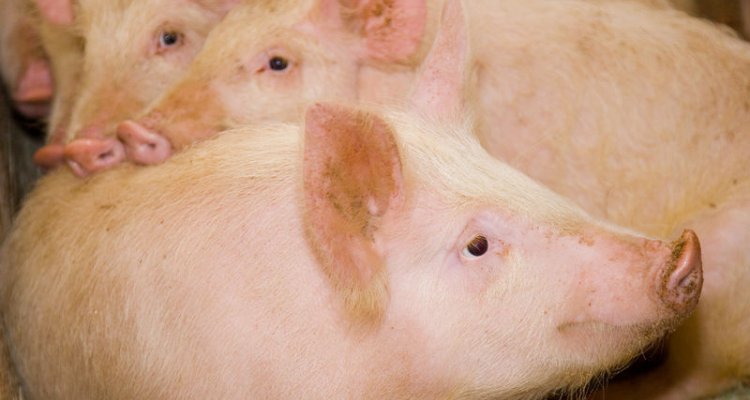
News
Individual pigs are inconsistent in their response to welfare issues
This study by Jacinta Bus, conducted as part of the ClearFarm project, paves the way for better understanding how pigs behave in both good and poor welfare conditions. With enhanced knowledge and sensor tools, farmers and researchers can monitor pig welfare more effectively and design housing systems that better meet their needs
New research by Jacinta Bus has revealed that individual pigs display inconsistent responses to welfare issues, such as health problems and heat stress. The study, which tracked the feeding behaviour of 440 fattening pigs over a three-month period using electronic feeding stations, highlights the complexity of understanding animal behaviour and welfare at an individual level.
Researchers employed multiple statistical methods (e.g. generalised additive models and dynamic linear models) to analyse changes in feeding patterns and link them to welfare issues. While clear connections emerged on average, the responses of individual pigs varied significantly. Where most pigs did not respond at all, those who did increased or decreased their feeding activity in similar frequencies.
It may be that feeding is so essential that pigs are reluctant to compromise it even during welfare issues
Another key finding was that normal eating habits, such as the number of meals per day and nighttime feeding, influenced how pigs responded to welfare challenges. For example, only pigs that normally ate in many small meals would eat less often when they were lame. These findings underscore the necessity of studying individual responses beyond group averages if we want to use sensor data to monitor animal welfare continuously.
Bus suggests the inconsistency likely stems from a lack of understanding of individual pigs’ normal behaviour. “We need to study pigs in better housing systems to observe the natural variation in their patterns,” she emphasized. “In addition, it may be that feeding is so essential that pigs are reluctant to compromise it even during welfare issues.” Bus hence suggests we should further investigate other behaviours, such as play or positive social interactions. “Improvements in sensor technology should make this possible in the near future.”
Ultimately, this study paves the way for better understanding how pigs behave in both good and poor welfare conditions. With enhanced knowledge and sensor tools, farmers and researchers can monitor pig welfare more effectively and design housing systems that better meet their needs.